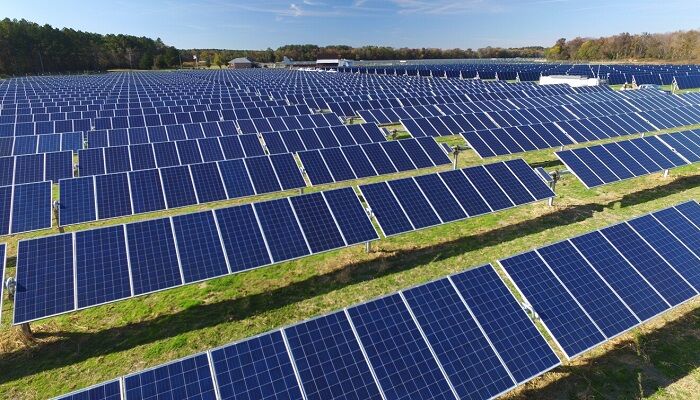National Grid Renewables has launched the largest solar farm in South Dakota, located in Pennington County. This project, named Wild Springs, boasts a capacity of 128 megawatts (MW) and operates within the Southwest Power Pool, the central US’s electric grid and wholesale power market manager. The farm includes a 114 MW power purchase agreement with Basin Electric Power Cooperative.
Wild Springs is projected to generate an economic impact of $29.5 million over its first two decades, including $12 million in new tax revenue. It will produce enough renewable electricity to power approximately 37,000 homes annually and prevent 190,000 metric tons of carbon dioxide emissions each year—equivalent to taking 42,000 cars off the road.
A distinctive feature of this project is its commitment to community support. National Grid Renewables has pledged $500,000 to the New Underwood school district over 20 years. New Underwood Mayor Jack Trullinger expressed appreciation, noting the significant benefits of the anticipated tax revenue and charitable contributions.
Despite solar energy’s slow growth in South Dakota, with the state ranking 42nd in installed solar capacity at 268 MW and projected to fall to 47th, it excels in wind energy. In 2022, wind power accounted for 55% of South Dakota’s total in-state net generation, surpassed only by Iowa. Overall, renewable energy sources provided around 84% of the state’s electricity in 2022. The EIA highlighted South Dakota’s low total petroleum usage, but due to its small population, the state has one of the highest per capita petroleum usage rates.
Basin Electric, a utility based in Bismarck, North Dakota, which has agreed to purchase Wild Springs’ solar power, emphasizes a diverse energy portfolio. Chris Baumgartner, Basin Electric’s senior VP of member and external relations, stated their enthusiasm for integrating solar power with other resources like coal, natural gas, and wind.
Additionally, Basin Electric announced plans for a significant natural gas-fired power generation facility in North Dakota, set to become its largest power plant. This development aims to utilize the state’s abundant natural gas, a byproduct of oil production.





































